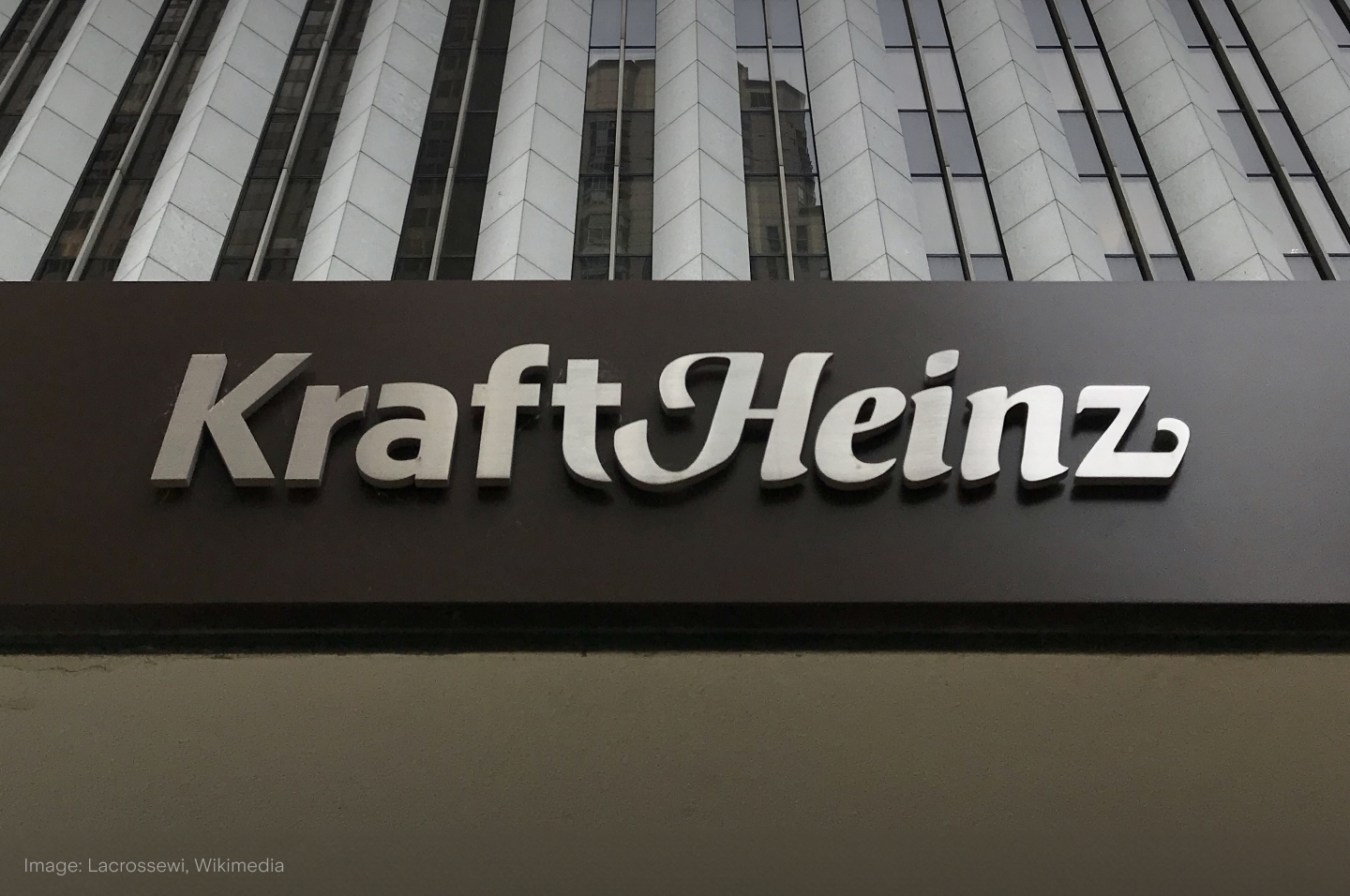.jpg&w=3840&q=100)
Under the Spotlight Wall St: Coursera, Inc. (COUR)
Partnering with some of the world’s leading education institutions and companies, Coursera has built an online courses empire. But despite its impressive growth, the company is yet to make a profit. Can it turn things around? Let’s put it Under the Spotlight.
.jpg&w=3840&q=100)
Traditionally, tertiary education has been a costly affair, burdening students with hefty tuition fees, relocation expenses and lost income during studies. This financial barrier often locked out talented individuals from pursuing their aspirations. Distance education had historically been an alternative for these students, though with its own pitfalls. Delivered by mail, it was slow. Exchanges between students and teachers were rare or non-existent. It could be easy to cheat on assessments. And certificates were less prestigious.
But with the rise of high-bandwidth internet, things began to change at an astonishing pace. Teachers became able to upload full-length lectures that could be accessed from nearly anywhere. They could also interact with students in forums and through instant messages. And as network infrastructure progressed, even live streamed lectures became possible, with students and teachers being able to converse instantly through video conferencing software. Virtual classes took away worries about the limited amount of physical seats in a lecture room and allowed for bigger enrolment numbers, giving birth to massive open online courses (MOOCs).
.jpg&w=3840&q=100)
The drawing board
Coursera ($COUR) was one of the first companies to cement itself as a leader in this industry. It was founded in 2012 by two computer science professors, Andrew Ng and Daphne Koller. Inspired by their experiences in offering online courses at Stanford, Ng and Koller recognised the potential of technology to transcend geographical barriers and bring high quality education to a global audience.
Launched with a commitment to providing free access to courses from top universities, the company partnered with prestigious institutions like the founders’ alma maters Stanford, Princeton and the University of Michigan. The courses covered a diverse range of disciplines such as computer science, humanities, business, sciences, arts and health.
Users could either follow a structured timeline or opt for on-demand courses, where all materials were made available at once. This distinct product mix helped Coursera gain traction in its early years. However, the business model rapidly hit some hurdles.
.jpg&w=3840&q=100)
Learning curve
While offering free education to the masses was an extremely noble goal, the reality of sustaining such a venture quickly became apparent. So in 2013, Coursera made a strategic pivot and introduced a freemium model, allowing learners to access course content for free while charging for additional features, such as graded assignments and certificates of completion. Coursera didn’t completely divert from its initial purpose though, as the company still handed out plenty of grants for students unable to afford its courses.
The shift, however, marked a crucial moment in Coursera's history, aligning its mission of accessibility with the financial sustainability needed to maintain and expand its offerings. The freemium model not only diversified revenue streams, but also allowed Coursera to attract a broader audience, including those seeking qualifications for professional development. To further fulfil its business and educational goals, the company also introduced online bachelors and masters courses, complete with degrees from institutions all over the world.
.jpg&w=3840&q=100)
Rapid growth
The MOOC giant had been growing successfully, reaching 40 million registered users by 2019 and adding about 2 million more every quarter. But when the COVID-19 pandemic hit and workers, students and teachers were forced to stay indoors, Coursera experienced a remarkable boom, adding up to 5 million new users quarterly from Q1 2020 to Q3 2023.
This higher demand for online learning helped the platform expand both its offerings and its partnerships, with Coursera now boasting over 300 educational partners (both universities and companies), as well as over 6,500 different courses. The firm is also expanding in the business- space, with more than 1,300 different companies paying for its learning tools to be used by their employees.
Hard lesson
The colossal number of registered students has resulted in enormous revenue for the company: in Q3 2023, Coursera’s sales amounted to over US$165m (+21% YoY). Despite having tuition fees that can reach up to US$46,000, degrees account for only US$11.7m of the revenue. That’s because tuition is paid directly to the partner university, with the institution itself paying Coursera a small fee. Direct consumers are responsible for US$99m, while enterprise customers account for US$54.9m.
.png&w=3840&q=100)
Coursera expects most of its growth to come from courses that lead to jobs in software engineering, data science and analytics, cybersecurity and cloud computing. According to the company’s forecast, close to 150 million new positions will be created globally in these fields by the end of 2025. Students in these areas are usually more likely to enrol in online courses, but if AI replaces a bunch of entry-level tech jobs, demand could certainly drop.
That’s far from the only challenge the company faces. Despite its growing revenue, Coursera is yet to turn a profit. In Q3 2023, the education giant suffered net losses of US$32m. While they did spend quite heavily on research and development (US$37.6m), and even more on sales and marketing (US$59.7m), 22% also went on stock-based compensation for its board and employees, totalling US$27.8m.
And while Coursera needs to watch its costs and potential changes in demand, the firm also needs to keep an eye on its competition. Its biggest competitor, Udemy ($UDMY), might have a smaller revenue of US$109m, but that number is rising 30% YoY, with its growth outpacing the industry’s leader. For Q4 2023, Coursera expects revenue to remain in line with Q3, around the US$161m – US$165m range, with adjusted earnings before interest, taxes, depreciation and amortisation hitting breakeven. While Coursera might have gained the hearts of students all across the globe, in financial markets you rarely get an A for effort. Pulling back on costs while finding new market opportunities is key if it wishes to make the grade as one of the stock market’s best performers.
This does not constitute financial advice nor a recommendation to invest in the securities listed. The information presented is intended to be of a factual nature only. Past performance is not a reliable indicator of future performance. As always, do your own research and consider seeking financial, legal and taxation advice before investing.

Rodrigo is a seasoned finance professional with a Finance MBA from Fundação Getúlio Vargas, one of Brazil's premier business schools. With seven years of experience in equities and derivatives, Rodrigo has a profound understanding of market dynamics and microstructure. Having worked for Brazil’s biggest retail algorithmic trading platform SmarttBot, his expertise focuses on risk management and the analysis, development and evaluation of trading systems for both U.S. and Brazilian stock exchanges.

